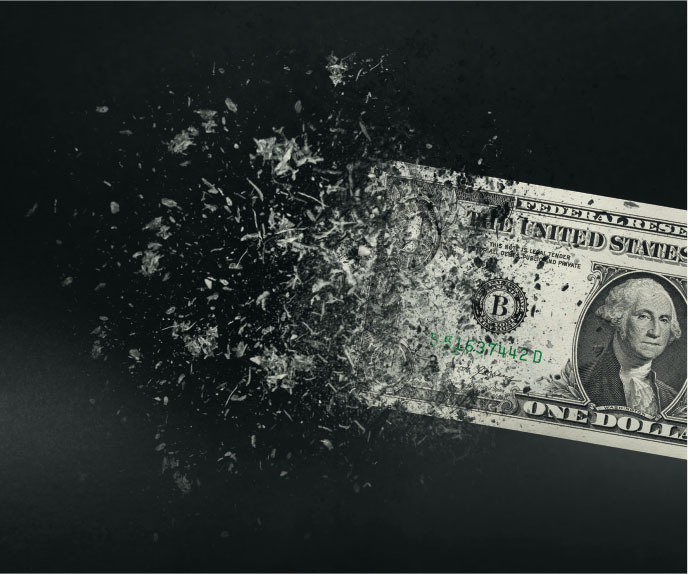
Looking back at 2021, the economic story was one of nostalgic growth-flation. Economic growth in the United States and the global economy were robust. U.S. real GDP, which strips out inflation, was up by the most since 1984. But that high growth came with inflation—the highest since 1982. High inflation that accompanies high growth is not uncommon, and it is a somewhat acceptable tradeoff if you have to make one. After all, it’s difficult to have a rocking job market and a strong economy without expecting some pressures on the system.
Despite a negative Q1 2022 GDP report in the United States, for advanced economies the recovery of 2021 was particularly pronounced to the point that much of the growth loss and negative deviation from growth trends due to COVID have been reversed. For emerging market (EM) and low-income developing country (LIDC) economies, however, the recovery from COVID has been far slower, and the lingering economic scars are likely to be felt for a long time to come. Moreover, while the hallmarks of this year’s economic activity in the United States and other advanced economies have been slower year-on-year growth rates with relatively high inflation, the pressures on EM and LIDC economies are dire—and mounting with each passing month.

The economic story for advanced economies in 2022: slowflation
Between 2010 and 2019 and before the COVID recession, U.S. CPI consumer inflation averaged around 1.8%. That means the Fed’s 2% target for inflation was too high to hit during the last business cycle. After COVID, however, we have a very different inflationary backdrop. Earlier this year, U.S. year-on-year CPI inflation started hitting rates more than four times greater than the Fed’s 2% pre-COVID inflation target.
At the same time, it is quite an understatement to note that U.S. GDP growth has slowed drastically this year, following the contraction in Q1 2022. Despite that contraction, however, year-on-year GDP growth in the United States remains strong.
Still, these kinds of data points provide quite a dilemma for corporate strategists and executives, who need to weigh slowing growth and rising interest rates as downside risks against high inflation and investor pressures to boost profits—even as costs are rising. All of this has been playing out against what might be the tightest U.S. labor market in history.
A strong job market is good news for the economy. Consumption is the vast majority of U.S. economic growth, and when people have jobs, they spend money and the economy grows. Looking at the industrial side of the economy, there are still reasons to be optimistic this year. After all, 2022 order books for many manufacturers, including companies in material handling and other industries, were already full or close to it at the start of this year. That’s likely to be supportive of economic activity for 2022 overall.
But with companies struggling to fill their payrolls—especially at historically profitable salaries and wages—prices in the system could remain persistently high. Economists refer to these dynamics as the wage-price cycle, and it causes prices to be “sticky.” In other words, prices across the economy could get stuck at high levels and not fall as quickly as they rose. Accordingly, it might be some time before we see inflation below 2%. Despite the negative overtones of these dynamics, the United States is still in a relatively economically advantaged position compared to other advanced economies.
Click here to read the full feature in the digital version of MHI Solutions.
 MHI Solutions Improving Supply Chain Performance
MHI Solutions Improving Supply Chain Performance